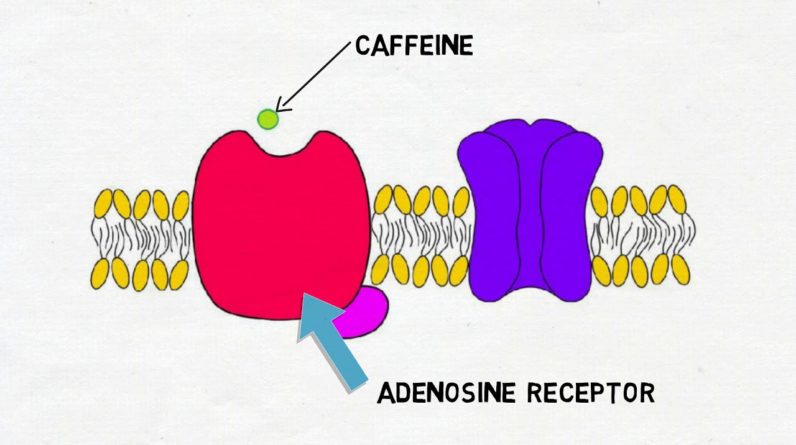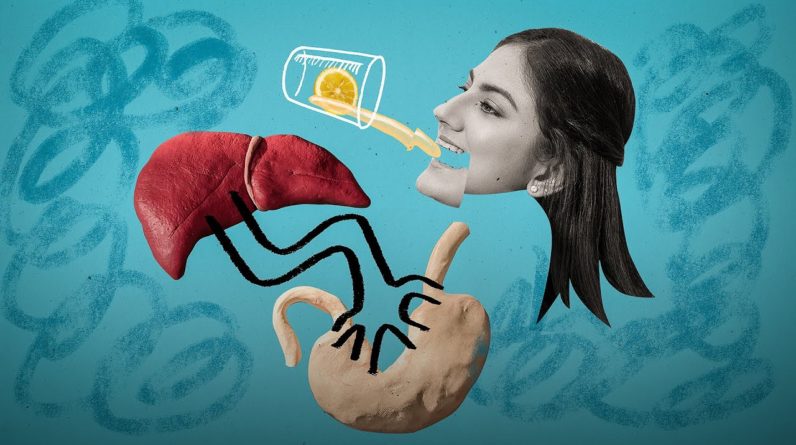
Welcome to 2 minute neuroscience, where I
simplistically explain neuroscience topics in 2 minutes or less. In this installment I will discuss caffeine. Caffeine is a stimulant drug and the most
widely-consumed mind-altering substance in the world. It belongs to a class of compounds known as
the methylxanthines, and is commonly found in a number of natural sources including the
seeds of coffee plants and the leaves of tea plants. Most of the effects of caffeine are thought
to be traceable back to its action as an antagonist at receptors for a neurotransmitter called
adenosine.

This means that caffeine binds to adenosine
receptors and blocks adenosine from binding there and activating the receptor; thus, it
reduces activity at the adenosine receptor. Although there are 4 subtypes of the adenosine
receptor, most of caffeine’s effects are thought to be due to its antagonistic actions
at the A1 and A2A subtypes. Its ability to promote wakefulness may be
especially due to actions at the a2a receptor subtype. How exactly the antagonism of the adenosine
receptor translates into the effects of caffeine is not completely clear. Research suggests, however, that adenosine
receptors are involved in promoting and regulating sleep. One way this is thought to occur is that adenosine
activity can prompt the release of the neurotransmitter GABA, which then inhibits neurons involved
in arousal and wakefulness. This promotes sleep, but when caffeine antagonizes
adenosine receptors it opposes this action and causes arousal. Adenosine receptors are also thought to be
involved in reducing the activity of a number of neurotransmitters, including dopamine and
norepinephrine, through methods ranging from inhibiting neurotransmitter release to affecting
neurotransmitter binding. Thus, caffeine also blocks these effects,
which may contribute to caffeine’s stimulating and reinforcing actions..







